Antarctica Travel – Forbidding and Inviting – A Beyonder Journey
Did you know that Antarctica was the last place on this planet to be discovered? That too, by chance, when a Russian expedition saw the Fimbul ice shelf in 1820. The first confirmed landing on the continent was by a Norwegian team in 1895. That was the beginning of Antarctica travel.
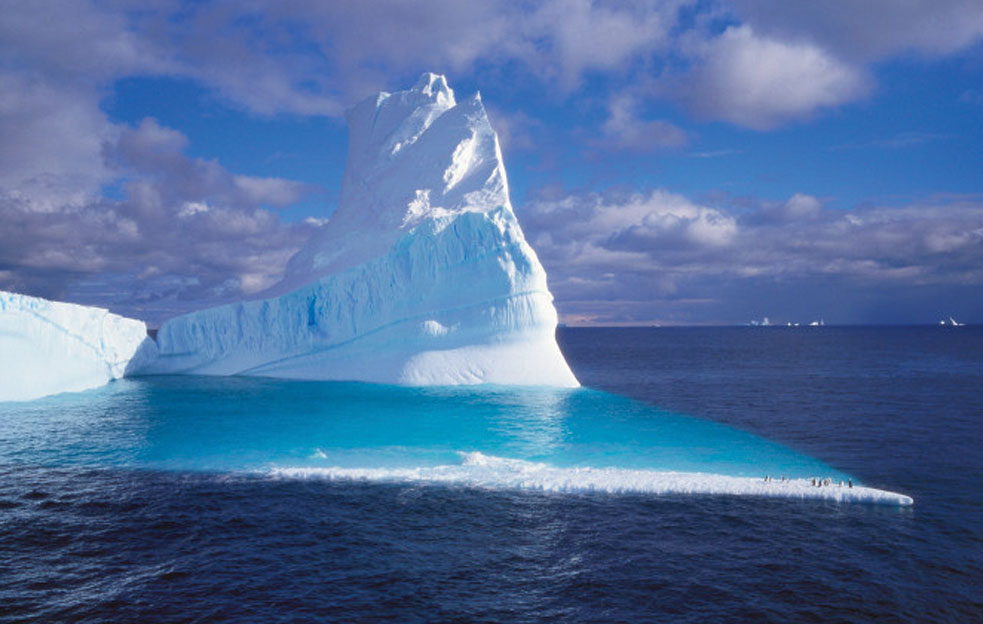 Of course, then there was the worry of commercial over exploitation of this pristine, untouched environment. And hence, the place is governed by the Antarctic Treaty System that has been signed by a few countries. It essentially disallows military action, mining, nuclear explosions, waste disposal, etc., and furthers research and protection of the ecology. And limits Antarctica travel by us travelers – which is a good thing. The place remains pristine, though difficult to get to…
Of course, then there was the worry of commercial over exploitation of this pristine, untouched environment. And hence, the place is governed by the Antarctic Treaty System that has been signed by a few countries. It essentially disallows military action, mining, nuclear explosions, waste disposal, etc., and furthers research and protection of the ecology. And limits Antarctica travel by us travelers – which is a good thing. The place remains pristine, though difficult to get to…
Origin of the name – Antarctica
By the way, though it was discovered in 1820 only, the name Antarctica comes from a Greek word that means “opposite of the North Pole”. And apparently, people like Aristotle, Marinus of Tyre, Hyginus and Apuleius have written about it from ancient times! This is of course the home of the geographic South Pole… Okay, usually it is. The wobble in Earth’s orbit makes it shift a bit at times.
A study in diversity and contrasts – Antarctica travel
This forbidding, inaccessible land is as strange as it gets… Deeply mysterious… And fascinating…
Range of climates and topography
It is the windiest place on earth. With the biggest mass of ice in the world. And it still has the driest place on earth – the Dry Valleys.
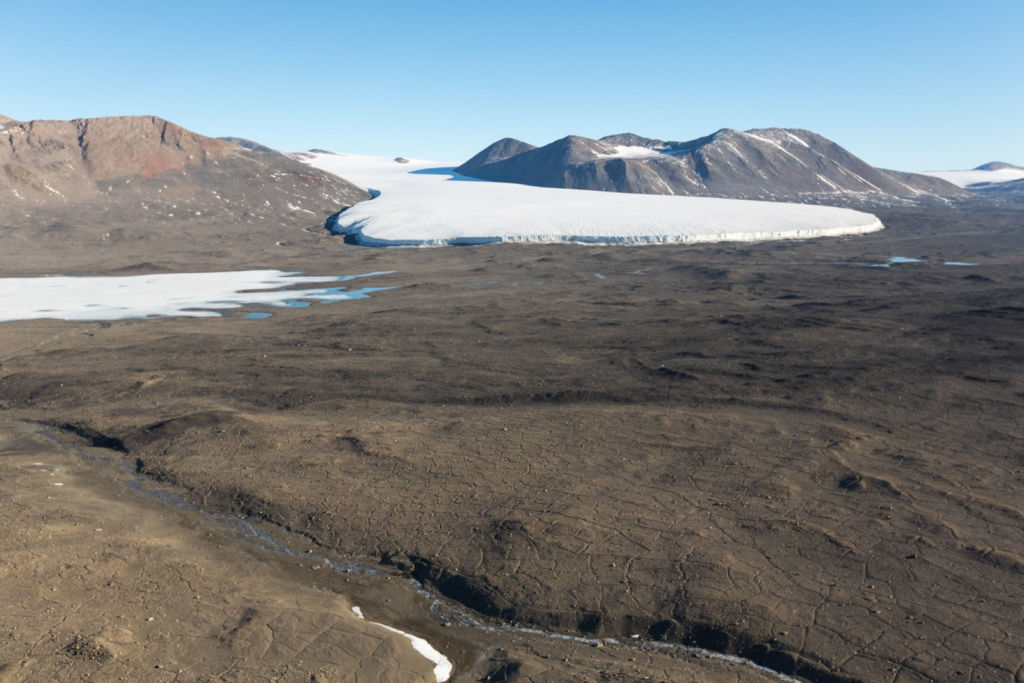
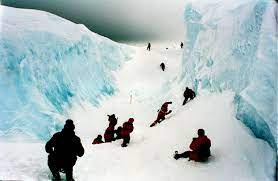
It also has the largest ice shelf ever discovered – the Ross Ice Shelf. Oh, and just in case you think this is all ice, Antarctica has one of the World’s biggest mountain ranges – the 1200 kms long Gamburtsev Mountains. While the highest peaks here aren’t as high as Mount Everest, one of them is about one-third the size of the Everest…
And how about a freshwater lake buried under 4 kms of frozen water? The Lake Vostok. Or a lake that is so salty that it cannot freeze – even at -15 degrees Celsius. The Deep Lake. And a canyon that could rival the Grand Canyon. Mount Erebus is another jaw-dropper – the southern-most active volcano!
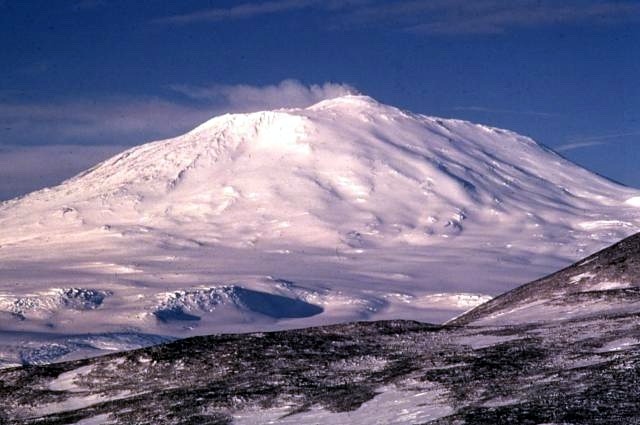 The maintainer of life on Earth
The maintainer of life on Earth
Forbidding place? Devourer of life? This is also home to the nurturer of marine life – the largest wind-powered current of the World, the Circumpolar Current. It goes clock-wise around Antarctica. This is the main mover of ocean currents around the World that move essential heat, nutrients, salt, etc., for the marine life on this planet.
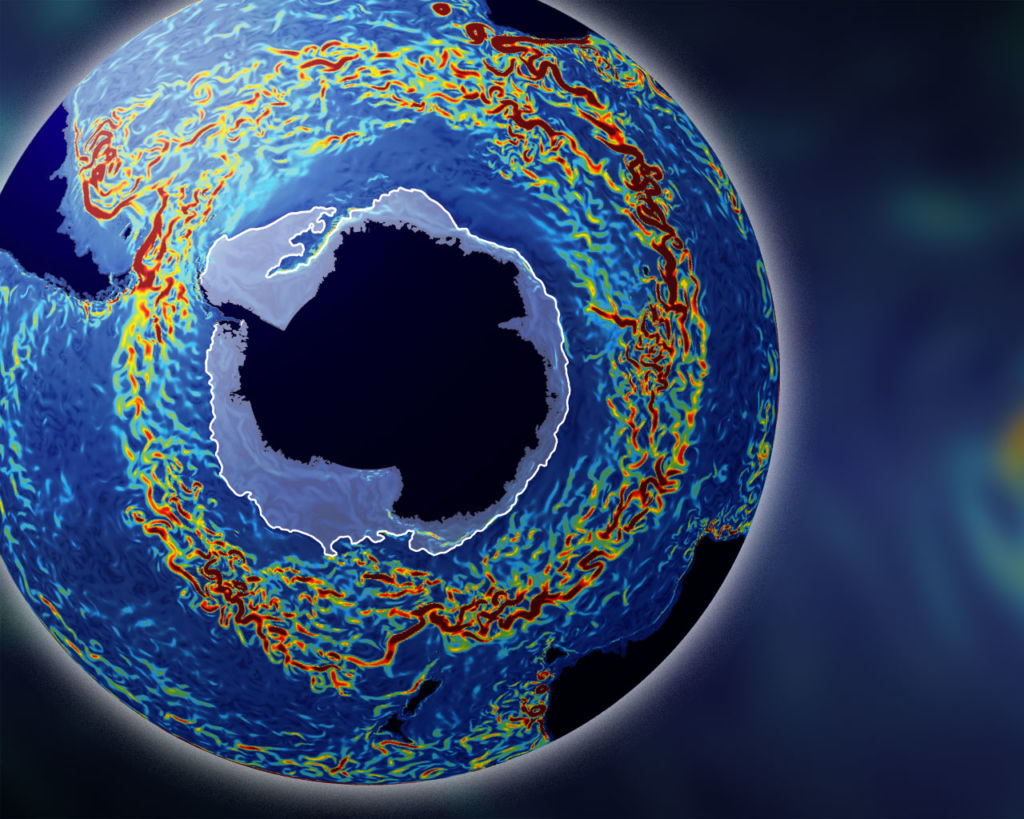 Day, Night and everything in between – Antarctica travel
Day, Night and everything in between – Antarctica travel
The biggest contrast for us is day and night, right? Imagine 6 months of day and 6 months of night… That’s Antarctica. Ants, as you know, are just about everywhere. Almost every corner of the Earth has at least one ant specie (native or invasive). Antarctica is one of the very few places that has not been colonized by ants. It is that inhospitable…
And in this stark, forbidding, exciting land, only 10 people have been born! The first of them was Emile Marco Palma, in January 1979.
 Oh, and by the way, an American scientist is the only person to have found a Tinder match right on Antarctica!
Oh, and by the way, an American scientist is the only person to have found a Tinder match right on Antarctica!
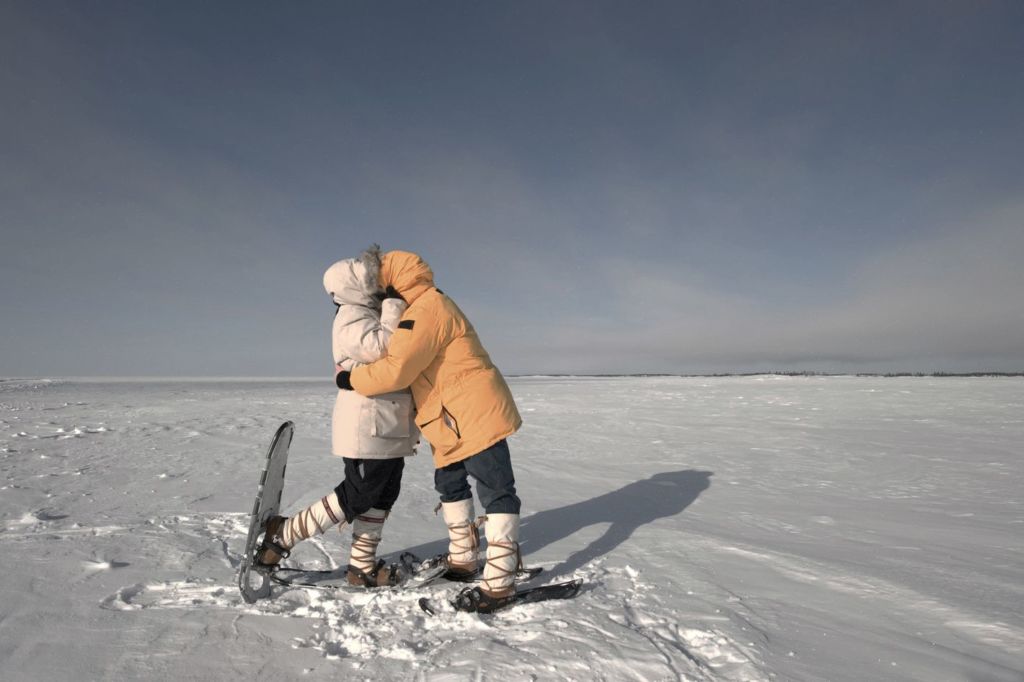
Intrigued? Want to know more about Antarctica? Here’re some interesting facts about the place.
Antarctica is larger than Europe
It’s not small – it is about 14 million square kms in area. Let’s check this out for perspective… The world has a total of about 150 million square kms of land. Out of this, Asia and Africa together account for 50%. And the Americas account for about 30%. Antarctica accounts for about 9% of this – it is larger than Europe and Australia!
Ice covers about 98% of Antarctica
The maximum depth of ice here is about 4.5 kms. That’s about half the height of the Mount Everest! The average depth of ice is about 2 kms. That’s why Antarctica contains about 90% of the Earth’s ice. It is the largest ice store in the world. And contains 70% of the world’s freshwater. If all the ice here melted, the sea level across the world would rise by 200 feet. That is goodbye to all the beach towns… And hello to a few other beach towns…
Antarctica, technically, is a desert
Yes, despite all that water (70% of the world’s freshwater). You see, deserts are not just about sand and heat and camels… Deserts are identified as such due to the precipitation that the area receives. This could be rain, snow, fog, etc. The South Pole had about 10 mm average rainfall over the last 30 years. That’s why Antarctica is termed as a “polar desert”. In fact, some areas in Antarctica haven’t received rain or snow in million years!
Despite this, the ice is an average of 2 kms thick over the continent. With this low rain, think of how long the ice must have taken to form… Okay, stop thinking – it is estimated to be 45 million years!
Antarctica = Meghalaya
Yes, this was true 40-50 million years ago. Scientists say that at that time, this was covered with green forests through which dinosaurs roamed. A warm paradise like Cherrapunji in Meghalaya, India, where average annual temperature was 17 degrees Celsius. Of course, now, it’s a tad colder, with the coldest temperature recorded in Antarctica being a chilly -89 degrees Celsius.
The most rapidly warming up region on Earth
This is also true. Antarctica Peninsula is warming up more quickly than the rest of the Earth. Over the last 50 years, average temperatures here have risen by about five times the increase in the rest of the earth. This has impacted the behavior of the wildlife around here of course…
A place where there is no time zone and no direction – Antarctica travel
Time is a tricky one here. Longitudes give us time zones across the world, right? At the south pole, they all meet at a point. So in which zone would you be here? At most places here, it is 6 months of day and 6 months of night. No markers!
And direction? No chance. On the south pole, every way is North! Of what use is the compass then?
A place where Einstein, Stephen Hawkins and Adi Shankaracharya would have thrived in, don’t you think? A place where there is no time or direction – just a speck on the space-time continuum – Just a unified force and nothing else…
There are a few scientists working here from various countries. Just for discipline, when here, they typically follow the time zone of their native country! I’d love that kind of a system, wouldn’t you? No closing time for restaurants and pubs for starters!
When traveling here from Argentina, most folks just stick to Argentina time…
This is fire and ice country
All that ice. And volcanoes to boot… Diversity, anyone? Of the many volcanoes, 2 are still active. Oh, and by the way, gases that seep out, freeze and form statues around the vents. Creepy, what? By the way, the volcano on Deception Island erupted in 1969.
Antarctica is, white, white and white… with a trace of RED!

The Taylor Glacier, started getting stained red – this was noticed in 1911. This mystery was solved only 4-5 years back. Basically, the water flowing inside the glacier was from a lake that had high content of salt and iron. The iron rusted in the presence of oxygen and hence the red color… A suitably Macbethian name for the flow – Blood Falls!
Lucy in the Sky with Diamonds… Literally, Diamond Dust
 If the Beatles had done some Antarctica travel, they would have noticed that their song was almost literally true… Humid air near the earth. These precipitate out in the colder air above. Tiny ice crystals hang around in the air. They sparkle like diamonds in the Sun. Allow your imagination to run wild a bit and you will see a million floating diamonds all around. This is what is called Diamond Dust. It’s the reason behind lots of other optical phenomena…
If the Beatles had done some Antarctica travel, they would have noticed that their song was almost literally true… Humid air near the earth. These precipitate out in the colder air above. Tiny ice crystals hang around in the air. They sparkle like diamonds in the Sun. Allow your imagination to run wild a bit and you will see a million floating diamonds all around. This is what is called Diamond Dust. It’s the reason behind lots of other optical phenomena…
Is there life in Antarctica? Humans? Animals? Plants?
There have been no humans here in Antarctica and hence no cultural history in the region. It is also the only continent in the planet without ants, reptiles and snakes. However, there is lots of animal-life – more than 9,000 species of birds and whales, seals and penguins… And around 250 species of ocean-dwellers.
How many species are there in Antarctica?
There are more than 9,000 known animal species in Antarctica, including 46 species of bird, 10 cetaceans (including killer whales and humpback whales), 6 species of seal and 8 Antarctic penguin species. There are no trees or shrubs in Antarctica. Only 2 flowering plants – Antarctic hair grass and Antarctic pearlwort. Oh, and before I forget, over 1000 specie of fungi, 100 of mosses, many lichens and 67 species of insect. And of course, billions of krill. Do you know which is the most abundant land animal on Antarctica? No, it’s not the penguin. It is the tiny nematode worm.
In such a land, how do animals survive?
The simple answer is adaptation. Humans put on warm clothes and torches to survive Antarctica travel. Animals have to stay there longer – for life. They do better – they adapt. The ocean-dwellers are protected from the extreme weather by the water… The waters are full-up with food and hence it’s a comfortable home… Some migrate to the northern climes for the winter. In fact, the Antarctic penguins and seals get out of the water only to breed and rest… Adaptation can take many forms – the seals have their extra-large eyes and sensitive whiskers, the penguins have their fat and fur… Want to read more on how animals adapt to survive in these conditions ?
The Penguins of Antarctica
 When one speaks of wildlife in Antarctica, penguins come to mind immediately. For many, Antarctica travel would not be complete with the penguins. In fact, of the eighteen penguin species in the world, eight live in Antarctica. Some call them awkward, ungainly beings, others call them cute. That’s subjective. What is indisputable is that they are fab swimmers. They use their flippers like wings and their tail and feet as steering rods. They feed on the ocean and come on land to breed and rest. And they have an annual change of wardrobe – they shed all their feathers once a year. They are also math wizards – their ‘huddles’ to stay warm while on land is a precise math exercise! A high school math teacher who I know, used to say “Math + Instinct = Success”. Seems to work for the penguins, I guess…
When one speaks of wildlife in Antarctica, penguins come to mind immediately. For many, Antarctica travel would not be complete with the penguins. In fact, of the eighteen penguin species in the world, eight live in Antarctica. Some call them awkward, ungainly beings, others call them cute. That’s subjective. What is indisputable is that they are fab swimmers. They use their flippers like wings and their tail and feet as steering rods. They feed on the ocean and come on land to breed and rest. And they have an annual change of wardrobe – they shed all their feathers once a year. They are also math wizards – their ‘huddles’ to stay warm while on land is a precise math exercise! A high school math teacher who I know, used to say “Math + Instinct = Success”. Seems to work for the penguins, I guess…
Interested in a closer look at some of the interesting species of penguins in Antarctica?
Why are there no penguins in the Arctic region?
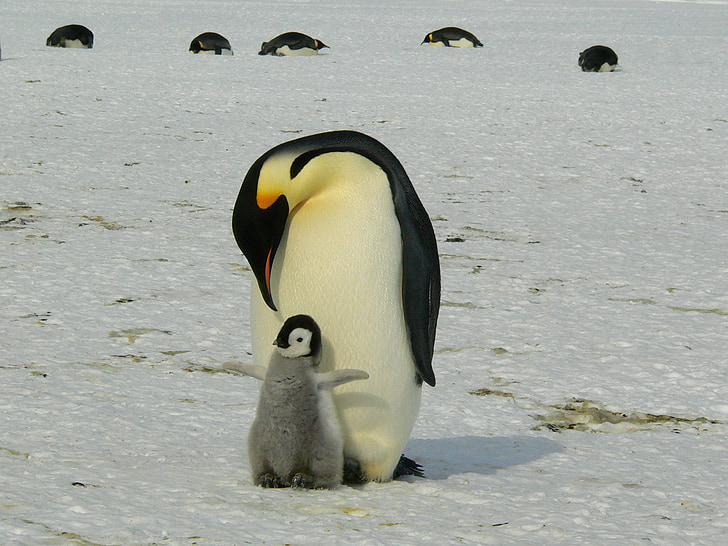 Penguins love ice, right? Then why aren’t they in the Arctic region? Why only in Antarctica? The reason is because though they are long-distance swimmers, penguins love the shore – they don’t swim far into the sea. This is because they get enough prey on shore and in the sea close to the shore. And predators aren’t too many. In the North Pole, predators like polar bears and foxes would make a happy meal of the penguins. And obviously, penguins will not be able to swim through the warmer oceans to reach the North Pole. Plus, they are flightless and cannot travel too far. Hence they have stayed in the South Pole region for the last 40 million years!
Penguins love ice, right? Then why aren’t they in the Arctic region? Why only in Antarctica? The reason is because though they are long-distance swimmers, penguins love the shore – they don’t swim far into the sea. This is because they get enough prey on shore and in the sea close to the shore. And predators aren’t too many. In the North Pole, predators like polar bears and foxes would make a happy meal of the penguins. And obviously, penguins will not be able to swim through the warmer oceans to reach the North Pole. Plus, they are flightless and cannot travel too far. Hence they have stayed in the South Pole region for the last 40 million years!
Why are there no polar bears in the Antarctic region?
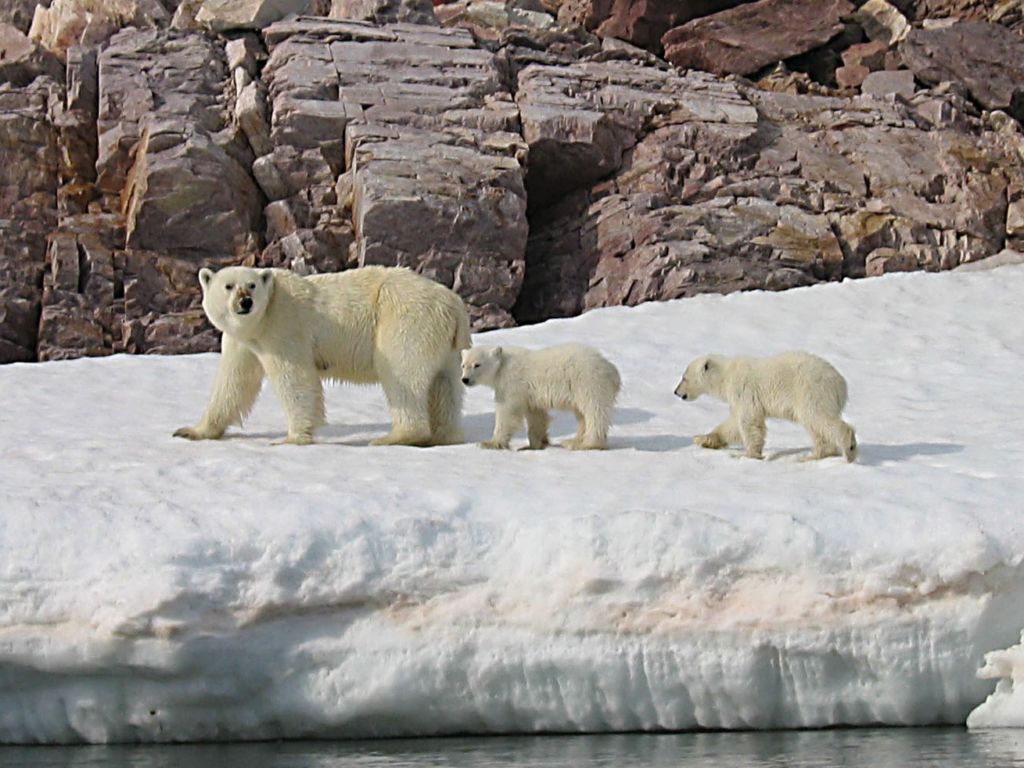 On the flip side, the Polar bear only exists in the Arctic and not the Antarctic. The reason is because their ancestors were the brown bears of North America and Northern Eurasia. So, they hung around the Arctic Circle. They couldn’t travel down to the South pole since there is no land route and anyway, they would not be able to handle the warm weather en-route. So, Antarctica travel is a strict No for them…
On the flip side, the Polar bear only exists in the Arctic and not the Antarctic. The reason is because their ancestors were the brown bears of North America and Northern Eurasia. So, they hung around the Arctic Circle. They couldn’t travel down to the South pole since there is no land route and anyway, they would not be able to handle the warm weather en-route. So, Antarctica travel is a strict No for them…
The Seals of Antarctica
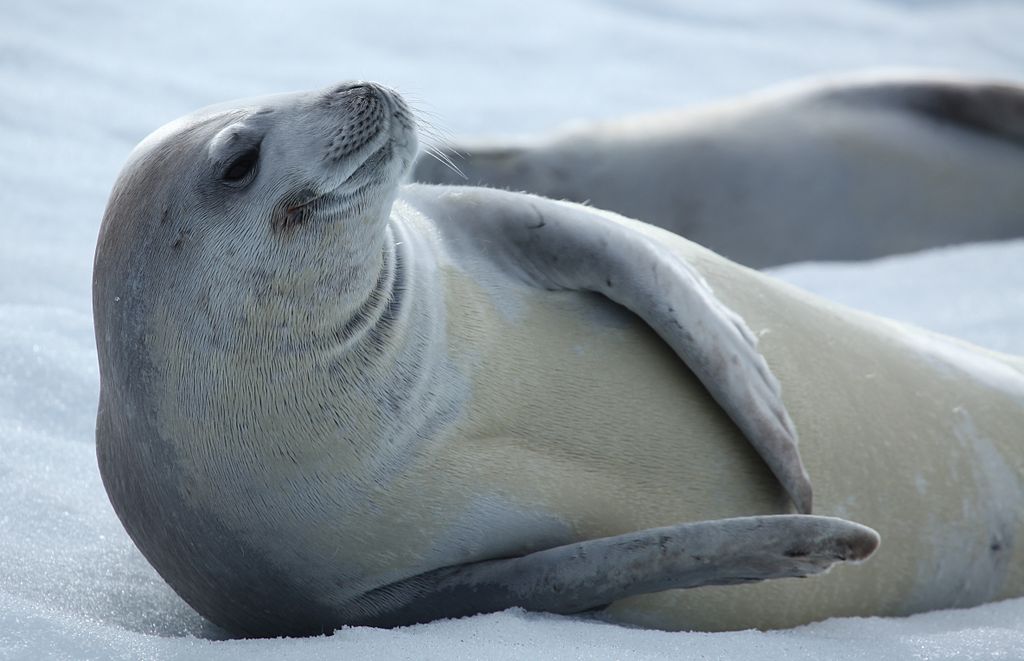 The seals of Antarctica are as much a draw for the curious Antarctica traveler as the penguins. In fact, Antarctica travel would not be complete without a sighting of seals. Some of the more interesting ones are the non-nomadic Weddell seals, the Crabeater seals that don’t eat crabs, the Leopard seals which are the Clint Eastwood of seals and the elephantine Elephant seals. Fancy a closer look at the seals of Antarctica?
The seals of Antarctica are as much a draw for the curious Antarctica traveler as the penguins. In fact, Antarctica travel would not be complete without a sighting of seals. Some of the more interesting ones are the non-nomadic Weddell seals, the Crabeater seals that don’t eat crabs, the Leopard seals which are the Clint Eastwood of seals and the elephantine Elephant seals. Fancy a closer look at the seals of Antarctica?
The Whales of Antarctica
The huge quantities of Antarctic krill in the ocean draws whales in large numbers to this region during summer – November to March. You get the giant wanderers – the Humpback whales, the small Minke whales, the Killer Orca whales and the Antarctic blue whale.
Antarctic Blue whale
 This is the largest mammal ever known to have lived on Earth. The longest one seen measured 110 feet! They can go up to a massive 130 tons. And with this kind of cholesterol disaster, they live for 80-90 years! This is size at its most colossal – a tongue that weighs as much as an elephant and a heartbeat that can be heard from 5 km away! And their call is the loudest in the world – other whales can hear their call from 1600 kms away! And they eat only krill – 4 tons of it every day!
This is the largest mammal ever known to have lived on Earth. The longest one seen measured 110 feet! They can go up to a massive 130 tons. And with this kind of cholesterol disaster, they live for 80-90 years! This is size at its most colossal – a tongue that weighs as much as an elephant and a heartbeat that can be heard from 5 km away! And their call is the loudest in the world – other whales can hear their call from 1600 kms away! And they eat only krill – 4 tons of it every day!
Krill
 And after the huge animals like the blue whales, let’s look at the most important being in the Antarctica eco system. Paradoxically, it is the tiny Krill! The food of most of the ecosystem in Antarctica, that keeps even the mighty blue whale alive. Krill are small crustaceans with many legs, a length of 2.5 inches and a weight of 2 grams. They are found across the Southern Ocean and primarily eat phytoplankton. Krill are designed to be the food source for the region – they rise to the surface of water during night (providing food for predators) and sink deep during the day. The seals, penguins and whales rely on them as their main food.
And after the huge animals like the blue whales, let’s look at the most important being in the Antarctica eco system. Paradoxically, it is the tiny Krill! The food of most of the ecosystem in Antarctica, that keeps even the mighty blue whale alive. Krill are small crustaceans with many legs, a length of 2.5 inches and a weight of 2 grams. They are found across the Southern Ocean and primarily eat phytoplankton. Krill are designed to be the food source for the region – they rise to the surface of water during night (providing food for predators) and sink deep during the day. The seals, penguins and whales rely on them as their main food.
The endangered animals of Antarctica
A discussion on this icy planet would not be complete without a mention of the endangered animals of Antarctica. A result of the interference of humans unfortunately – along with our greed to control and take advantage of nature. Thankfully, this is being addressed now – some believe, an intervention that is lacking in intensity and drive… But an intervention nonetheless…
Albatross
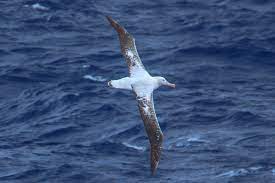 Remember the bird in the poem “The Ancient Mariner”? That’s the albatross. Majestic and friendly. And unfortunately, endangered due to oil spills and fish nets… They are still very friendly and sometimes accompany ships on the Drake Passage. However, a legacy of the poem is that in common parlance, if you describe something or someone as an albatross around your neck, you mean that they cause you great problems from which you cannot escape, or they prevent you from doing what you want to do.
Remember the bird in the poem “The Ancient Mariner”? That’s the albatross. Majestic and friendly. And unfortunately, endangered due to oil spills and fish nets… They are still very friendly and sometimes accompany ships on the Drake Passage. However, a legacy of the poem is that in common parlance, if you describe something or someone as an albatross around your neck, you mean that they cause you great problems from which you cannot escape, or they prevent you from doing what you want to do.
Penguins
Two of the eight penguin species in Antarctica are vulnerable and another two are on the brink.
Whales and seals
These have been hunted almost close to extinction but with tight regulations, the populations are now recovering.
Antarctica Ahoy!
This is Antarctica – a study in diversity. Mysterious. Forbidding. And curiously, alluring… With sights and sounds that seem almost other-worldly. A place where nature has worked its magic without interference for millennia… A place that’s part of the bucket-list of many. Antarctica travel has always been on my bucket-list – right from the time I was a kid reading about the explorers to this place in my school text books. How about you?
Interested in heading to Antarctica? Check out some of the trips to Antarctica on Beyonder Travel. In case you would like to check out some of the other experiences in Asia, Africa and Europe, head to Beyonder Travel.

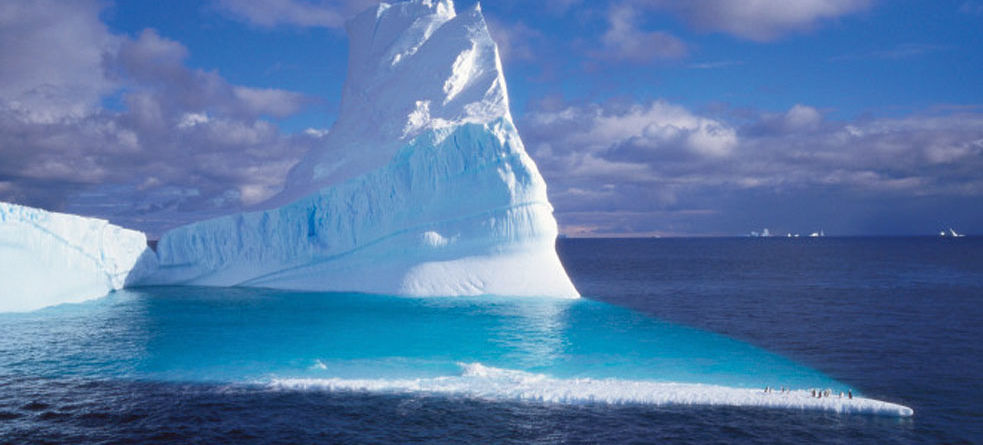




Comments (5)
Thank you for this detailed article on Antarctica. Eggs one to make plans!
You are welcome Sharon. Please let us know if you need more information on traveling to Antarctica
Hi. I am glad that you found this interesting. Let me know whenever you plan to go to Antarctica – its truly an out of the world experience…
This is so tempting… will plan to visit Antarctica with your team someday.
Thanks Tripti. Antarctica is indeed quite an experience. Let me know whenever you plan to visit.